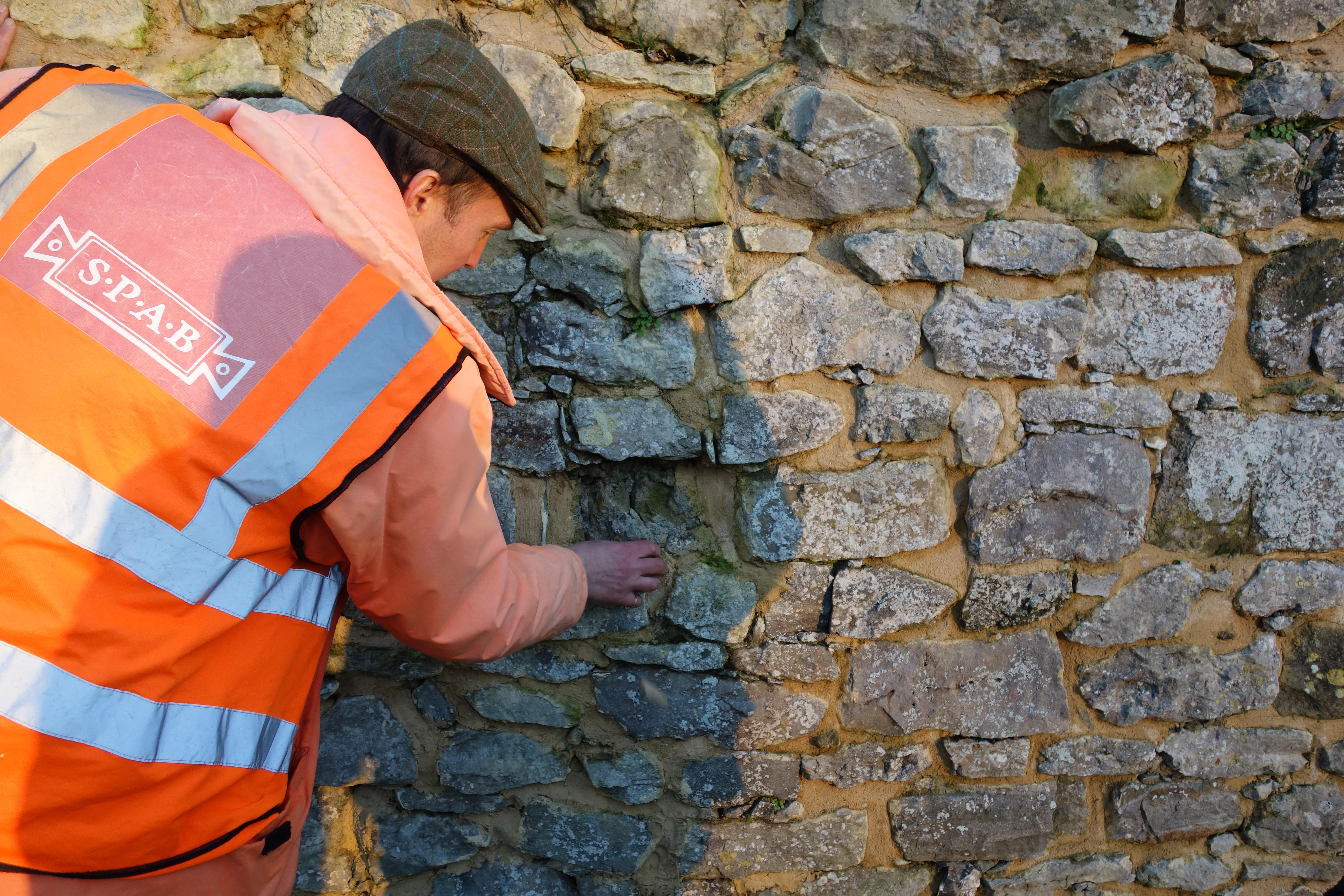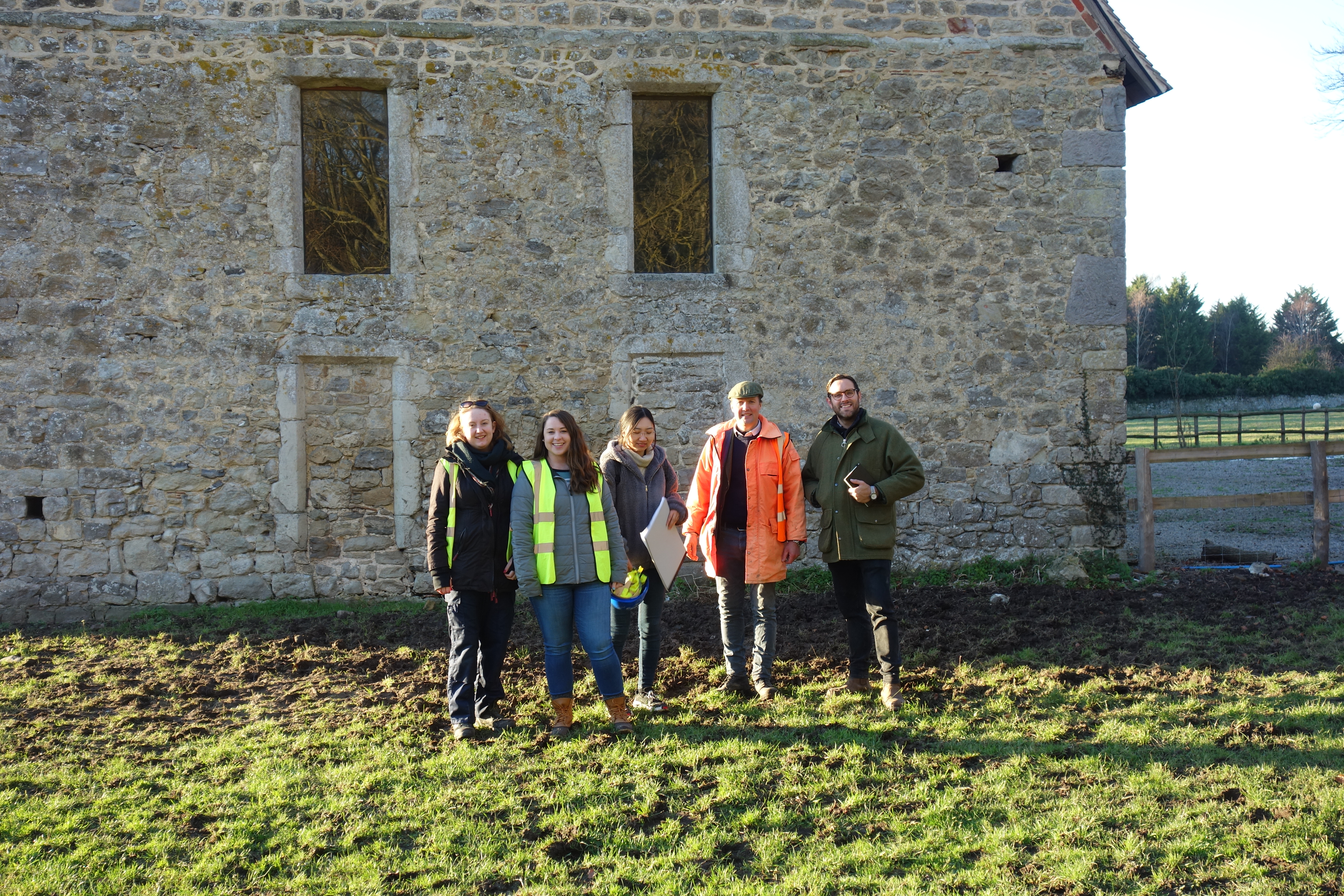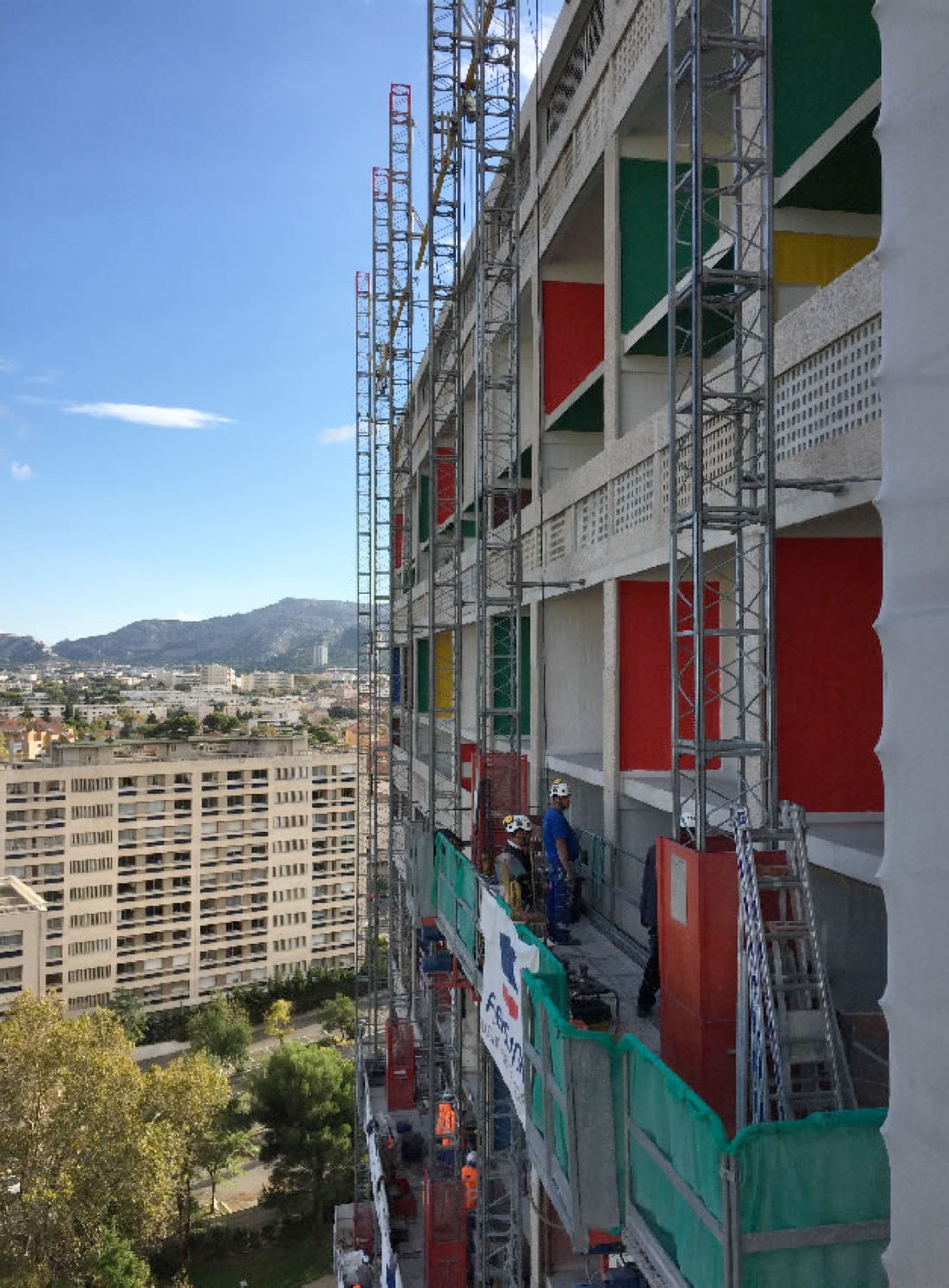This year, the SPAB (Society for the Protection of Ancient Buildings) has given our students the opportunity to work on a live project in ‘St. Andrew’s Chapel’, near Boxley Abbey, Maidstone. Built in the 15th and the 16th century and modified in the 19th century, the ‘chapel’ is currently in an advanced state of decay. The SPAB is currently surveying the building with the view to restore it. Our students visited the site several times and were guided by SPAB specialists. SPAB Director Matthew Slocombe introduced the Society’s work and project officer Jonny Garlick surveyed the building with the students and gave us an unforgettable tour of Boxley Abbey, focusing on previous SPAB repair work. During the Spring Term, the students will prepare a conservation plan, engaging in tasks that reflect their individual backgrounds. Those with an architectural background have the option to design the adaptation of the building into a new use. Students with backgrounds in other fields have several options which include researching the building’s history, analysing its significance and drafting conservation strategies. The resulting work will be submitted to the SPAB with the aim to contribute to the future conservation of this magnificent building.




For further information on the SPAB’s current ‘old house project’, see: https://www.spab.org.uk/old-house-project
Nikolaos Karydis, 22 February 2020

